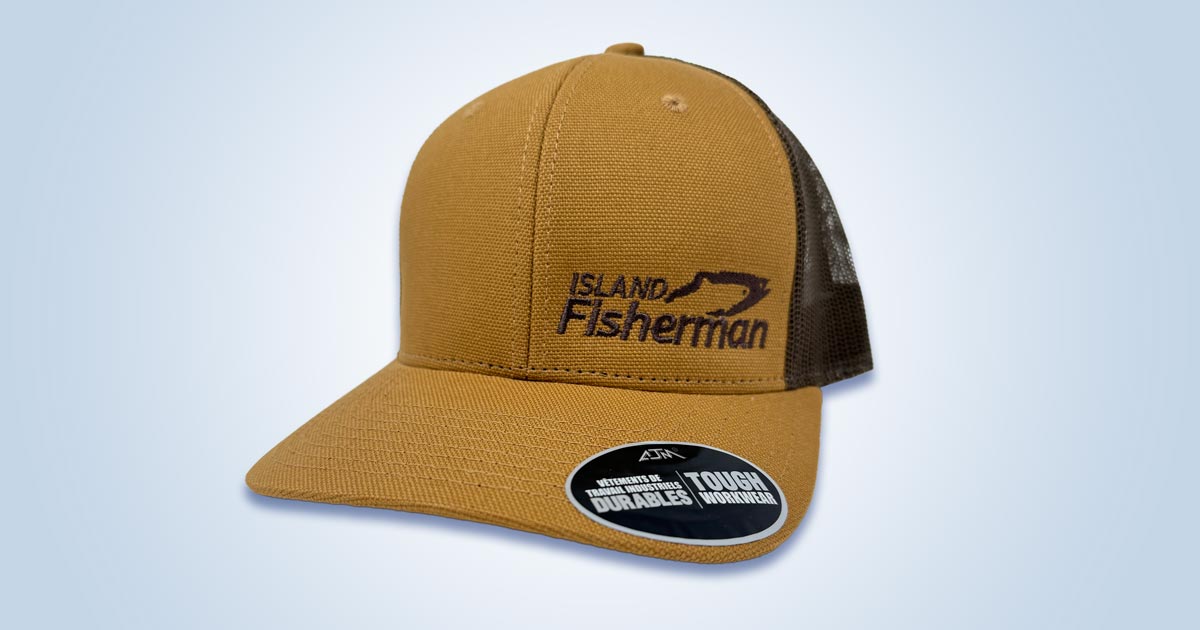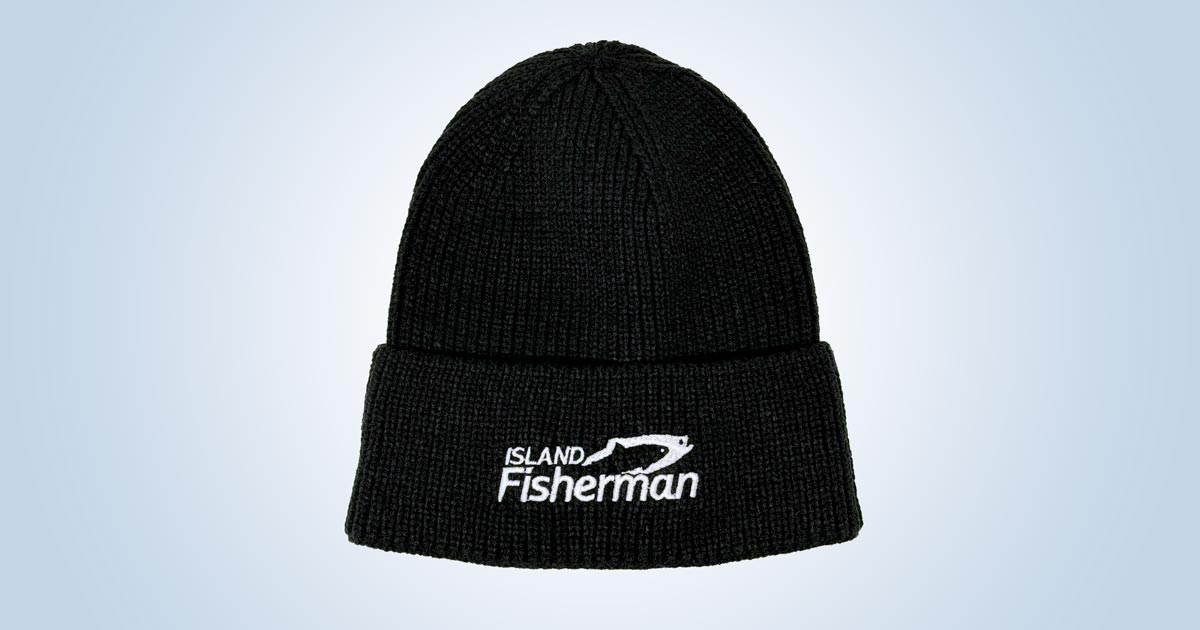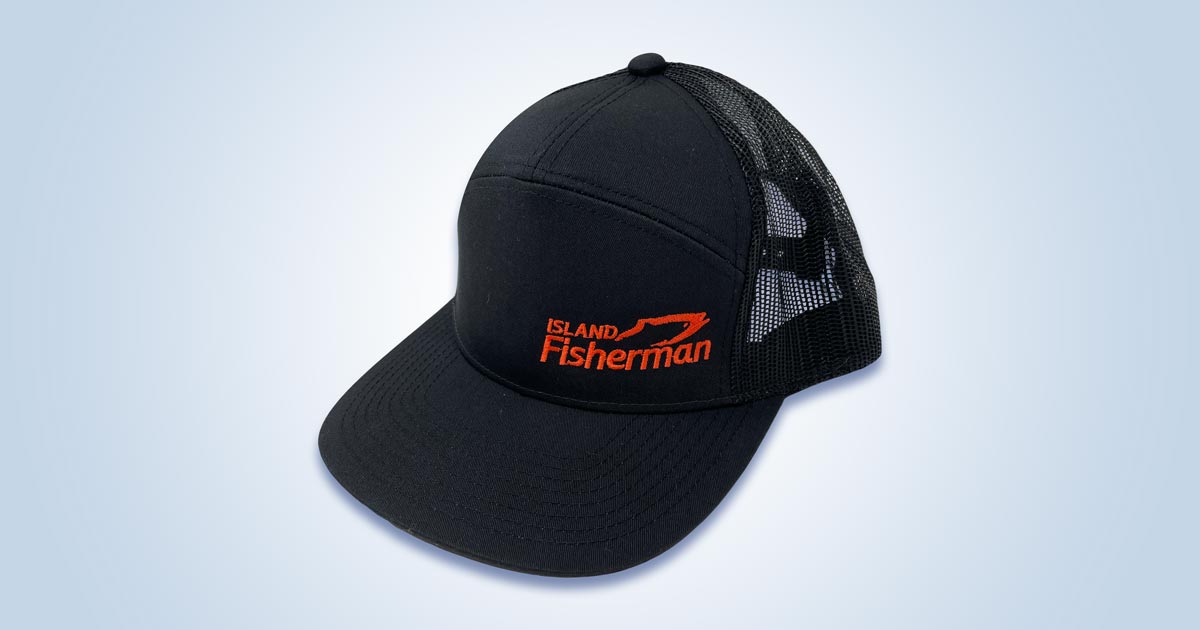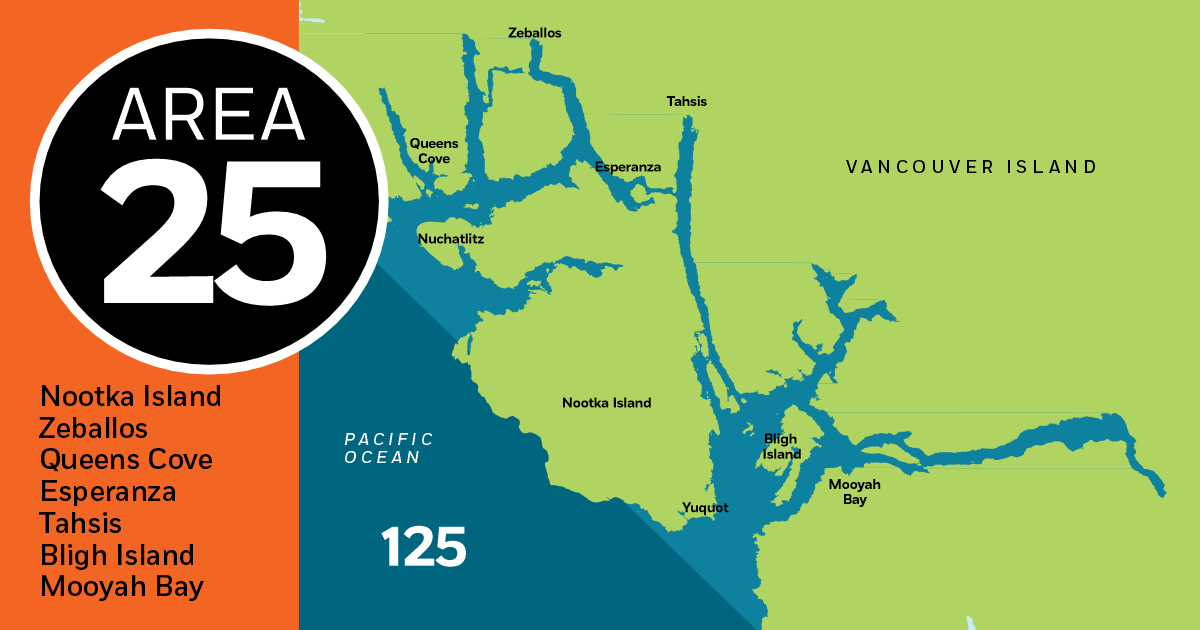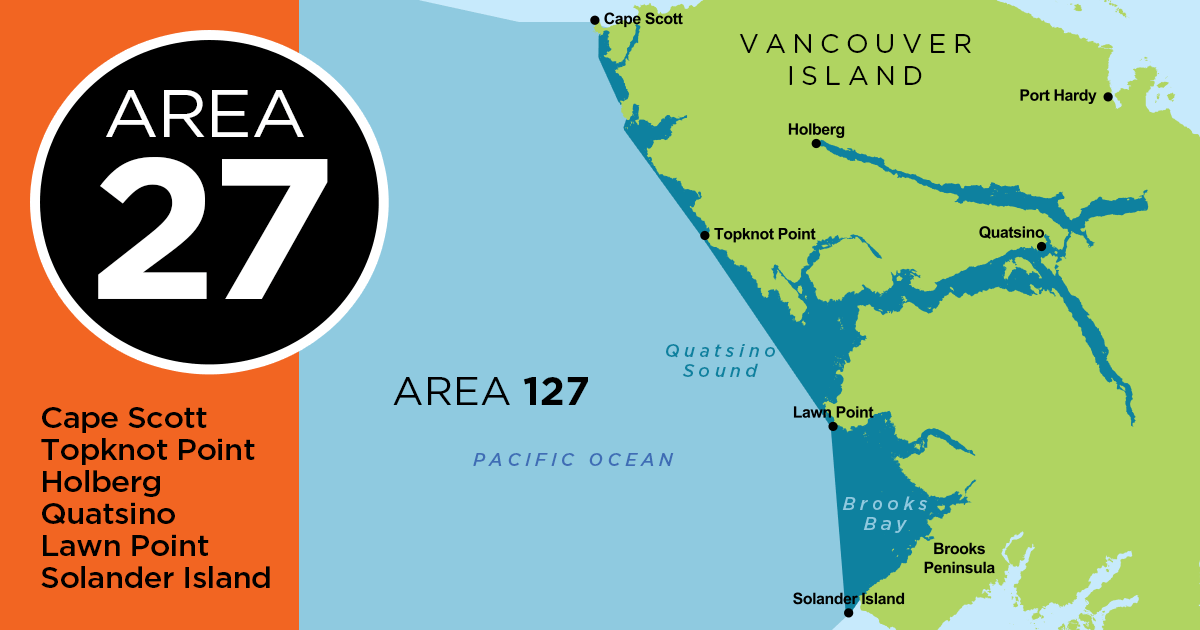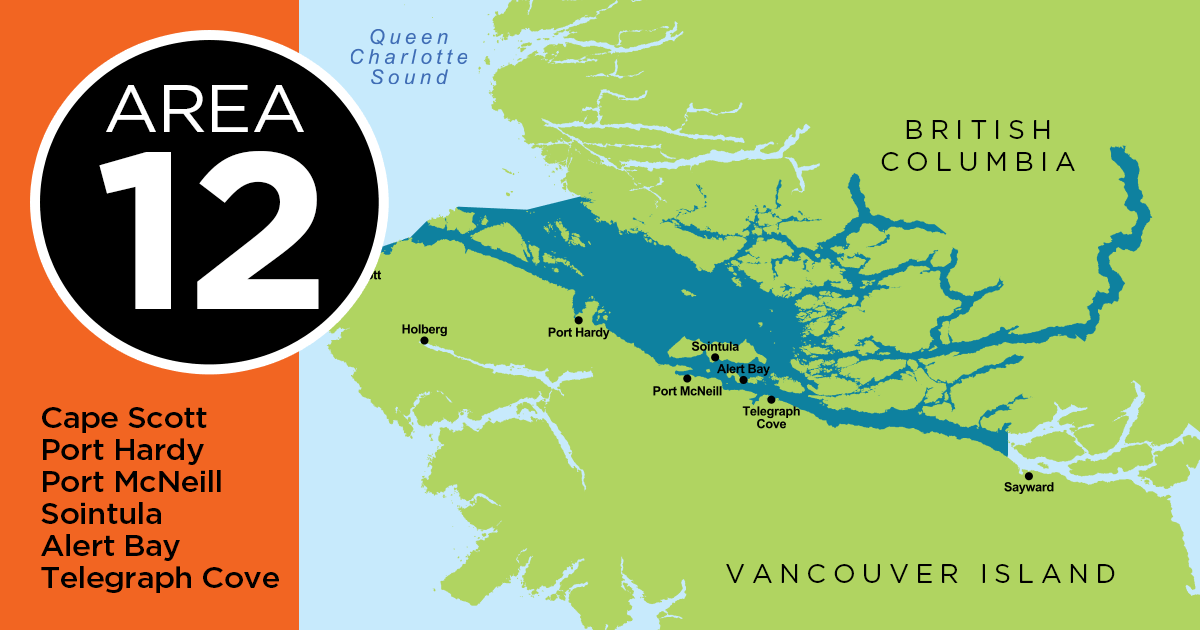
by Allison Bligh
It takes more than 7,600 volunteer hours to rear fry at just one small hatchery each year, meaning that these volunteers, mostly at retirement age, are working seven days a week helping to make sure that there are plenty of fish for us to enjoy fishing for and responsibly harvest on our weekends and time off.
“We Hatch ‘Em, You Catch ‘Em” is our motto, explained Bill Pedneault, hatchery manager at the Jack Brooks Hatchery and just one of many passionate and welcoming long-term volunteers with whom I’ve had the pleasure of speaking to over the course of this project. “I’m one of the younger ones here,” he explained to me. “I’m 76 and the core group of us are in our 70s to our 90s.”
Many of these groups are worried about the longevity of their programs, considering their core groups are aging. I can speak from experience when I say how welcoming these groups are to a younger generation of volunteers, no matter what level of commitment you are able to offer.
Here are just a few of the Salmon Enhancement Programs (SEPs) operating in the south island area, along with the information you need to help them out.

The Vancouver Island Fish Club proudly donates 10% of their sales to the Howard English Hatchery, shown here represented by veteran volunteer Peter McCully.
Teaming Up: The Jack Brooks Hatchery Finds A New Home
For 39 years, the Jack Brooks Hatchery has turned what was an essentially dead river into a thriving system critical to south Vancouver Island’s salmon stock, and has raised more than 20 million chinook fry that are now mostly of Nitinat River origin.
Recently, a new problem threatened the hatchery: They are running out of water. In recent years the tributary where the hatchery is located is drying up and can no longer successfully operate due to a lack of water in the beginning and end of the season.
That’s what has led to what is one of the largest volunteer collaboration SEP projects ever seen on the island.

Breaking Ground: Local contractors and volunteers of all ages meet up to help with the construction on the new Jack Brooks hatchery.
The Juan de Fuca Salmon Restoration Society, which operate the Charters River Salmon Interperative Centre and demonstration hatchery, has invited the Sooke Salmon Enhancement Society (SSES), which operates the Jack Brooks Hatchery to move their operation right next to them, to a site where there is plenty of water for everyone.
The community of Sooke is rallying to get the hatchery built for its August completion target so as to not interrupt hatchery operations. Local contractors are putting their jobs on hold and groups of as many as 25 volunteers are showing up, hammers in hand, to help to build the new facility.
Volunteers will be needed throughout this build and beyond. For information on how you or your business can help out, please contact the SSES.
The Goldstream Volunteer Salmonid Enhancement Association
Every fall, thousands of tourists visit Goldstream Provincial Park to witness this famous Goldstream chum salmon run, providing an economic injection to the tourism industry and various local businesses in the area. A great amount of thanks has to be given to the volunteers at the Goldstream Volunteer Salmonid Enhancement Association (GVSEA).
“We have been fortunate enough to be next door to an urban centre and unlike some of our sister programs we have always had a great pool of volunteers to draw from,” says veteran volunteer Peter McCully.
The GVSEA operates The Howard English Hatchery and is a true trailblazer when it comes to enhancing salmon on the West Coast. This group began the program way back in 1969, well in advance of federal efforts beginning in 1977.
Currently run by 90 to 100 volunteers, the hatchery raises 200,000 coho, 50,000 Chinook and 800,000 chum that are added to the waters of the southeastern tip of Vancouver Island each year.
The GVSEA has had particular success with its satellite programs. It provides more classroom incubators than any other hatchery in Canada, a true achievement and testament to their commitment to education as well as to enhancement in our community.
Although they do have a healthy and committed group of volunteers, they are also welcoming new members. Be sure to visit their website for more information and how to get involved at www.gvsea.com.

Aerial view of the Nitinat River Hatchery
The Nitinat River Hatchery & The Sooke Sea Pen Project
Opening its doors in 1980, the Nitinat River Hatchery has been one of the top-producing hatcheries on Vancouver Island for over 38 years.
With a team of 14 full- and part-time staff, this remote hatchery raises more than 4 million Chinook, 200 thousand coho, and 30 million chum each year.
The Ditidaht First Nation are important contributors to this particular hatchery. Using their seine boat, they collect returning chum and chinook from Lake Nitinat each season. The brood are taken from here to increase the retention of natural origin fish and help to maintain a healthy balance of wild Chinook versus hatchery stock being raised. “We rely on the generous support of The Ditidaht First Nation each year,” says Nitinat Hatchery manager Rob Brouwer. “They collect several thousand adult Chinook and up to 50,000 adult chum with their seine boat; these become our brood stock. This means of brood collection allow us to maintain a higher rate of natural origin fish being raised in the hatchery.”
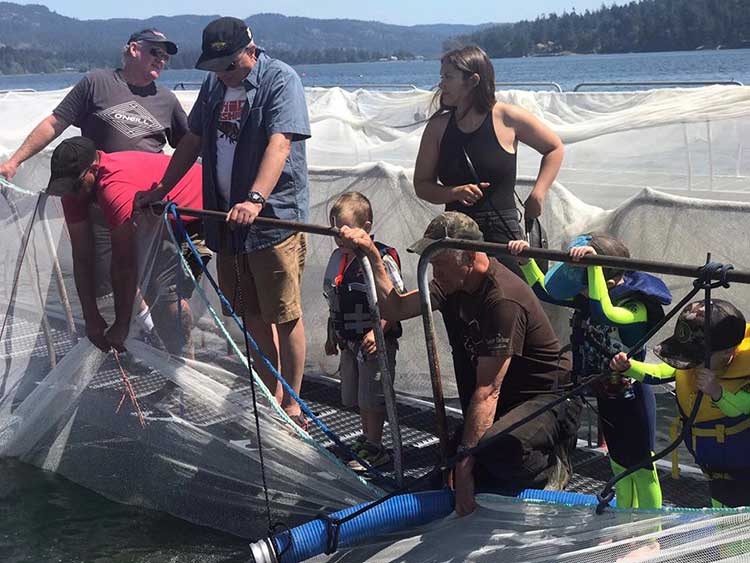
Onlookers watch as fry from the Nitinat River Hatchery are delivered to the Sooke Sea Pen Project.
About 20 years ago, the hatchery began donating to the Sooke Salmon Enhancement Society each year to help with their Jack Brooks Hatchery facility. Today this is about 250,000 eyed eggs and 70 thousand smolt annually. Today, most of the Sooke River now contains Chinook of Nitinat origin.
A new collective project has also emerged in the last few years, involving the donation of 500,000 Chinook fry being trucked to the Sooke Harbour to be raised in sea pens by the South Vancouver Island Angler’s Coalition (SVIAC). The fish are transported to Sooke by truck, then raised in pens for 2 to 3 weeks before being released when they are about twice their weight of arrival. The hatchery also tags about 100,000 of these fish, which are released in two separate groups in an effort to gather data on those tagged fish returning to the area 4 years later.
Group tours of the Nitinat River Hatchery can be arranged in advance due to the remote location of the hatchery. Please contact them for arrangements.
For more information and contact info, please visit their website.
Visit the Store
$34.99
$34.99
Featured Catch
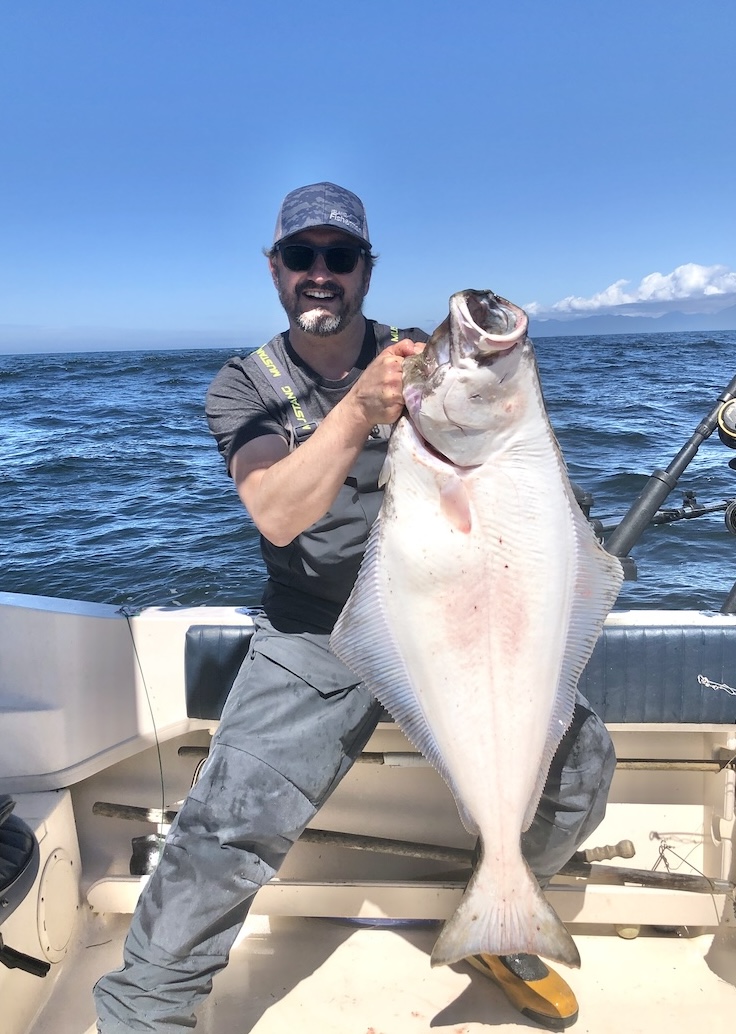
Joel Unickow halibut (Photo: Rob Frawley Lucky Strike Sportfishing Tofino)

